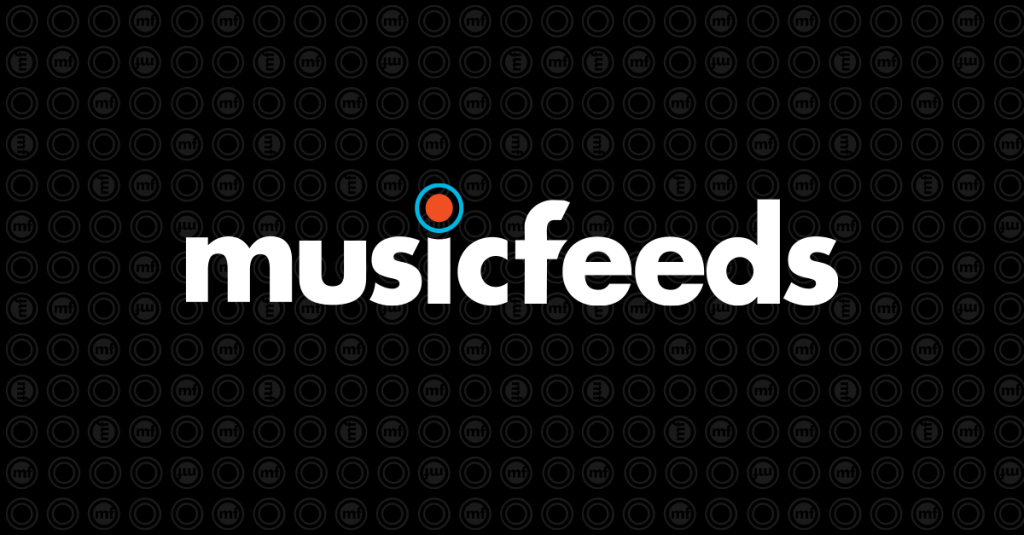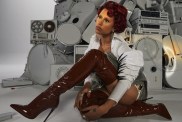Paste Modernism is a guerrilla art exhibition of paste-up works by more than 20 artists who decorated/bombed a secret inner city location, revealed the day before the exhibition opened on 30 August.
Paste–up artists in Sydney are relatively overlooked compared with stencil and graff artists. Paste Modernism addresses this by providing the opportunity for artists to showcase works and give voice to a growing component in the Sydney street art scene.
Works were pasted onto the neglected walls of an old inner city warehouse, providing a rare space for artists’ works to be viewed by their peers, while providing art in a different context for people who don’t frequent traditional exhibition spaces.
Paste Modernism is an exhibition of innovative imagery based on narrative and myth, propagated across the dilapidated walls, intervening in and humanizing this typically urban space.
The clever and unique doodles, icons and designs float on the walls, stairwell and other abandoned spaces. Part of the pleasure of this exhibition, similar to other expressions of street art, is discovering works in unexpected places.
The temporary nature and limited life expectancy of ephemeral works such as paste–ups gives them a sense of immediacy and possibly a freedom from the preciousness of works exhibited in more traditional art spaces.
Paranoia being an occupational hazard for street artists, images are re-printed and drawn onto paper for quick execution in public. The practice of paste-ups, and other forms of street art, is illegal though it is hard at times to comprehend, in the greater scheme of things, that lawbreakers can be armed with paste and paper.
The definition of vandalism blurs. Street art is usually found on the street, under bridges, neglected and abandoned places. The artists involved express a right to use these spaces for creative intent. Commenting on the urban environment and challenging the ubiquity of commercialism and the visual assault by corporate interests through advertising and billboards that assert a presence in our lives forcing us to become passive consumers.
“Paid for advertisements that we are not being paid to look at, I’m not being paid for my visual space. In my work I’m taking claim, taking the visual space back,” said Bridge.
These free public interventions rebel against submissive visual consumption, resulting in creativity as a silent and potentially revolutionary alternative. Artists who are reinventing art on city streets, who are culturally important and political in the sense of expressing individual opinion are the new message makers.
Various artists in this exhibition such as Bridge and Sarris come from varying levels of artistic backgrounds. Some are also involved in a more traditional art practice, some are not.
Artists became involved in Paste Modernism for varying reasons, mostly to put their work out there and to promote paste-up. The general feeling was that the exhibition wasn’t about money, works were not for sale, there was no aim for profit, it was about free art.
Street art is “Not about how much money your have, it’s about how much desire someone has,” said Saris.
Paste Modernism
-
Paste Moderism
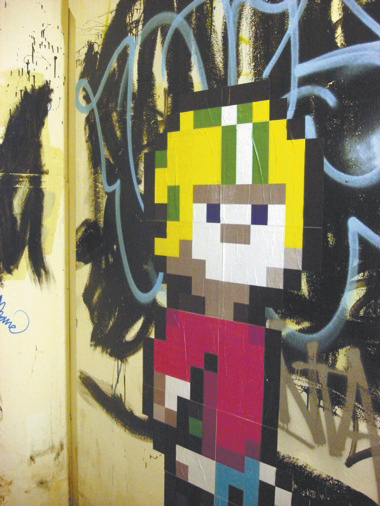
Paste Moderism -
Paste Moderism

Paste Moderism -
Paste Moderism
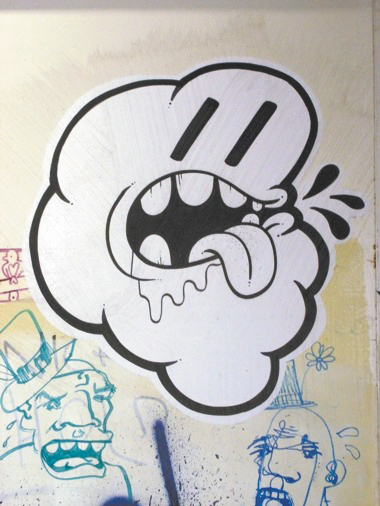
Paste Moderism -
Paste Moderism
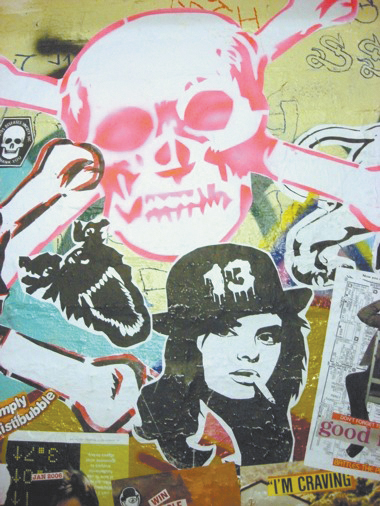
Paste Moderism -
Paste Moderism
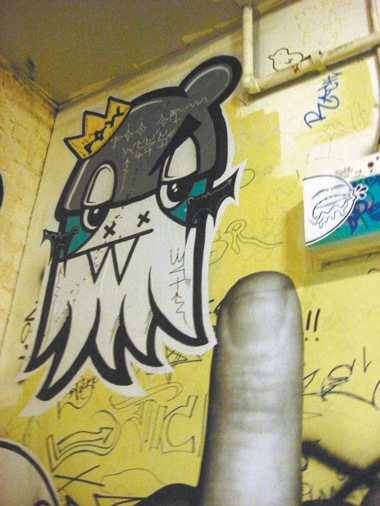
Paste Moderism -
Paste Moderism
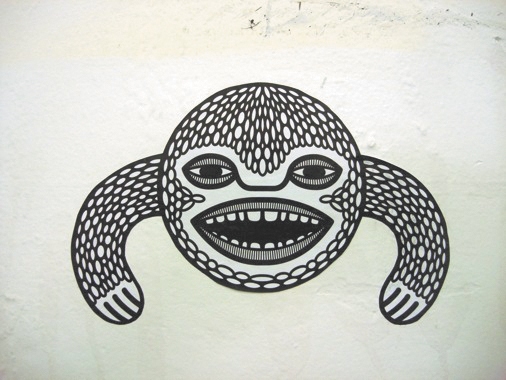
Paste Moderism -
Paste Moderism

Paste Moderism -
Paste Moderism

Paste Moderism -
Paste Moderism
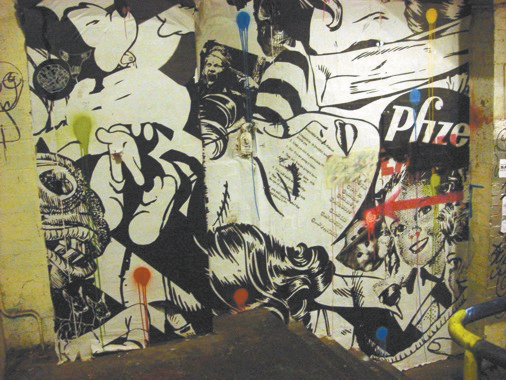
Paste Moderism -
Paste Moderism
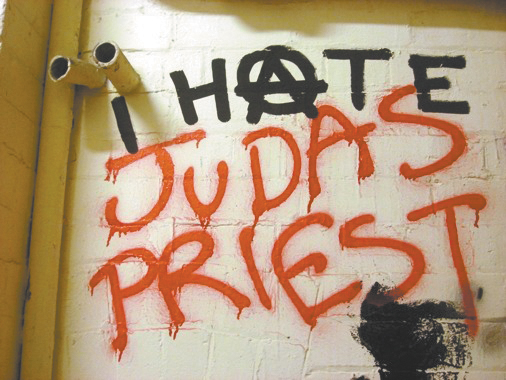
Paste Moderism -
Paste Moderism
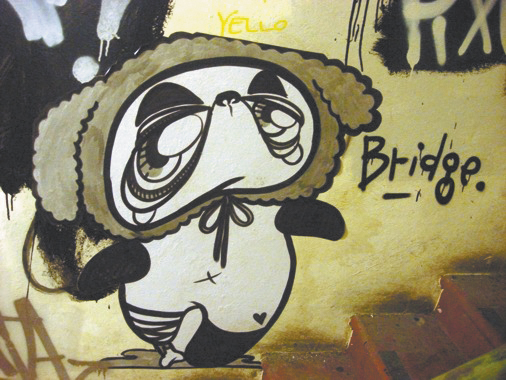
Paste Moderism -
Paste Moderism

Paste Moderism -
Paste Moderism

Paste Moderism
